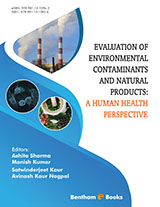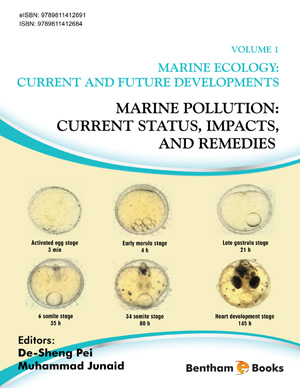Abstract
The chapter presents history of modeling in ecology briefly. Starting from initial efforts of A. J. Lotka and Vito Volterra, it discusses all the models of well–mixed type which are represented by difference or differential equations. Merits and demerits of every model is presented. Well–mixed mathematical models (WMMs) described by coupled ordinary differential equation represent ecosystems which are realized in “micro-cosm” experiments. A mathematical theory of ecological chaos is presented which makes testable predictions. Theory is based on mathematical models of ecological communities described by ordinary differential equations. It is shown that deterministic chaos exists in narrow parameter ranges. Non-linear dynamics (oscillations and chaos) favor species coexistence. It was demonstrated that population dynamics of species competing for abiotic resources could display oscillations and chaos. The model, that these investigators used, belong to a new class of models called resource competition models which link the population dynamics of competing species with the dynamics of the resources that these species are competing for. An attractive feature of these models is that they use biological traits of species to predict the dynamics of competition.
Keywords: Ecosystems, Dynamical systems theory, Discrete–time dynamical systems, Nicholson–bailey model, Continuous–time dynamical systems, Stochastic dynamical systems, Ecological chaos, Multi–species competition, Resource competition models, Maintenance of biodiversity, Paradox of the plankton, Janzen–connell hypothesis, Food chain, Food web, Upadhyay–rai model, Upadhyay–rai class of models, Simulation experiments, Edge of chaos, Weak trophic interactions, Oscillatory dynamics.









